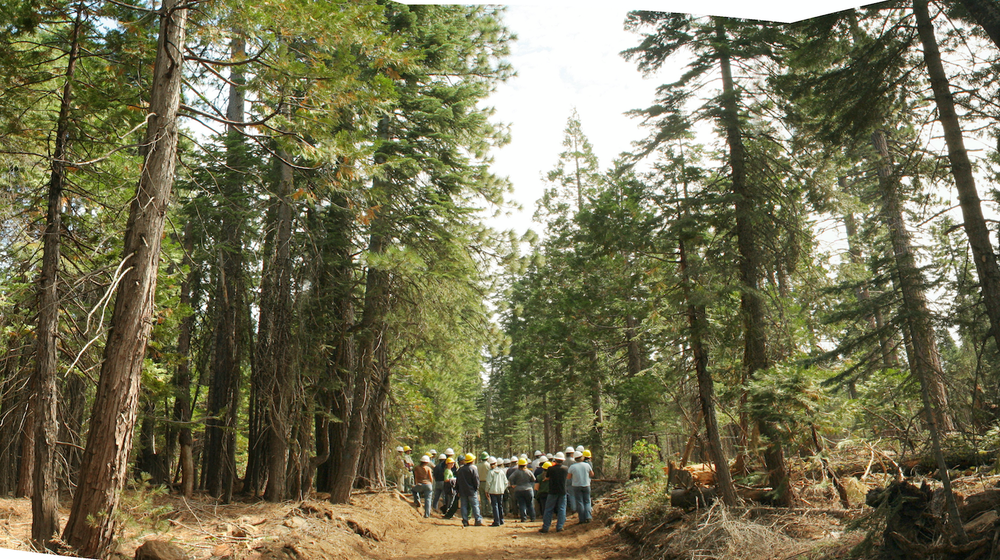SNAMP wrap up: Forest Service should implement proposed forest treatments
/ SNAMP field trip: photo from Shufei LeiFull press release: http://ucanr.edu/?blogpost=19857&blogasset=81020
SNAMP field trip: photo from Shufei LeiFull press release: http://ucanr.edu/?blogpost=19857&blogasset=81020
After conducting extensive forest research and taking into consideration all aspects of forest health – including fire and wildlife behavior, water quality and quantity – a group of distinguished scientists have concluded that enough is now known about proposed U.S. Forest Service landscape management treatments for them to be implemented in Sierra Nevada forests. We say:
“There is currently a great need for forest restoration and fire hazard reduction treatments to be implemented at large spatial scales in the Sierra Nevada.”
“The next one to three decades are a critical period: after this time it may be very difficult to influence the character of Sierra Nevada forests, especially old forest characteristics.”
The scientists' recommendation is in the final report of a unique, 10-year experiment in collaboration: the Sierra Nevada Adaptive Management Project (SNAMP). A 1,000-page final report on the project was submitted to the U.S. Forest Service at the end of 2015. In it, scientists reached 31 points of consensus about managing California forests to reduce wildfire hazards and protect wildlife and human communities.
SNAMP – funded with $15 million in grants mainly from the U.S. Forest Service, with support from U.S. Fish and Wildlife, California Natural Resources Agency and University of California – ran from 2007 to 2015. The project ended with the submission of the final report that contains details about the study areas, the treatment processes and reports from each of the six science teams. The science teams and their final reports are:
- Fire and forest ecosystem health
- Spatial - The study of forest canopy and understory with remote sensing technology called lidar, which uses reflected light for analysis.
- Wildlife: California spotted owl – A bird that is dependent on high-canopy forests.
- Wildlife: Pacific fisher – A weasel-like nocturnal animal that roams a wide area and nests in the hollows of old-growth trees.
- Water quality and quality
- Public participation
A key chapter in the publication is titled Integrated Management Recommendations. In it, the 31 points of consensus are outlined.
“The integration in this project is also unique,” Susie Kocher, CE advisor said. “Scientists tend to work in their own focus areas, but we can learn a lot from each other's research projects.”